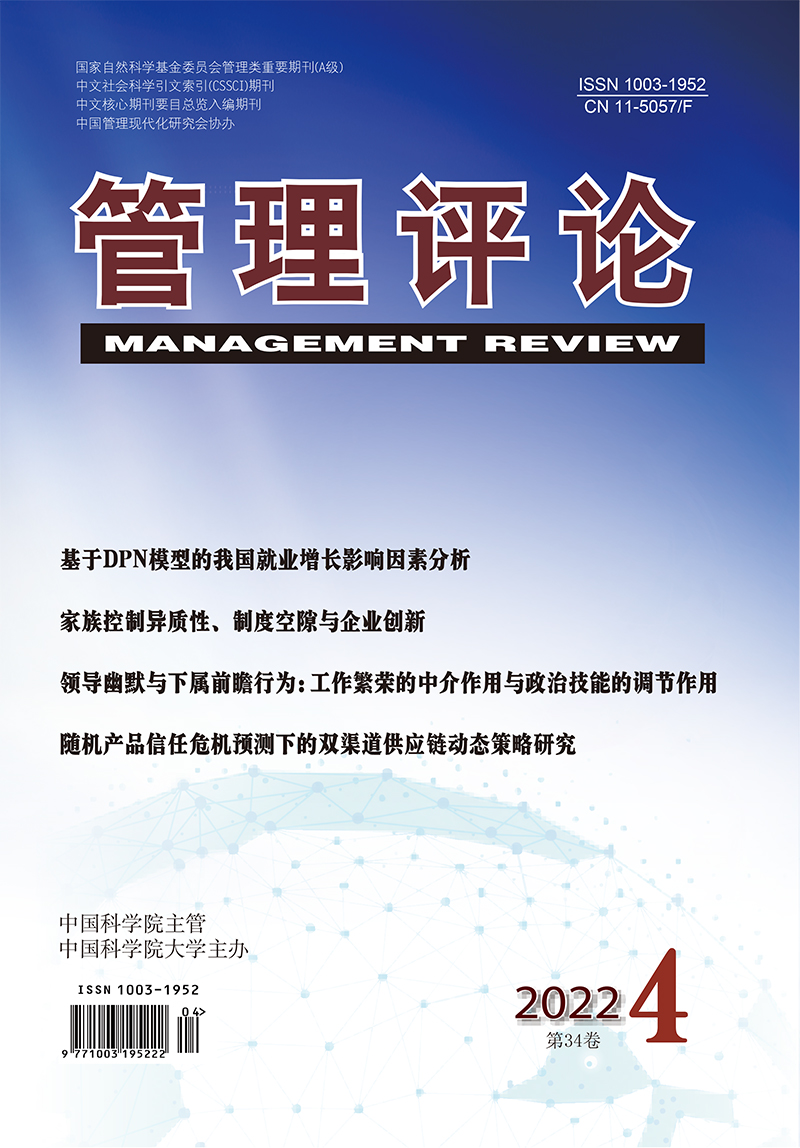|
|
The Heterogeneity of Family Control, Institutional Void and Corporate Innovation
Chen Deqiu, Lin Chengjie, Xu Ting
2022, 34 (4):
62-79.
Over the past more than 40 years, Chinese family firms have experienced external institutional evolution, internal changes and significnat growth. In this process, heterogeneity has gradually characterized family control. In order to explore how they will innovate under differnt family control modes, we divide, from the perspective of control heterogeneity, family firm control into three types: equity control, strategic control and full control. This paper explores and investigates the different influences of control heterogeneity on corporate innovation activities. The research findings are as follows. Compared with equity-controlled and strategically controlled family firms, fully controlled family firms are more likely to carry out innovation activities. Compared with equity-controlled family firms, strategically controlled family firms are more likely to carry out innovation activities. The influence of full family control on corporate innovation is more significant in regions with large institutional voids. The smaller the institution voids in regions, the smaller the gap between family managers and professional managers. Narrowing the institutional voids may reduce family control and improve the degree of family professionalism. Additional analysis shows that full control can promote corporate innovation by alleviating two kinds of agency problems and improving the level of corporate risk-taking. Breaking through the previous analysis and research framework of family involvement, this paper analyzes different types of control in family firms, which not only deepens the research about the influence of family involvement on corporate behavior, but also provides a new research perspective for family firm governance. In addition, based on the institutional void characteristics of China’s transitional economy, we investigate the innovative activities in family firm of different control types, which supplement the literature on family firm innovation and reveal the “black box” of family firm innovation.
References |
Related Articles |
Metrics
|

